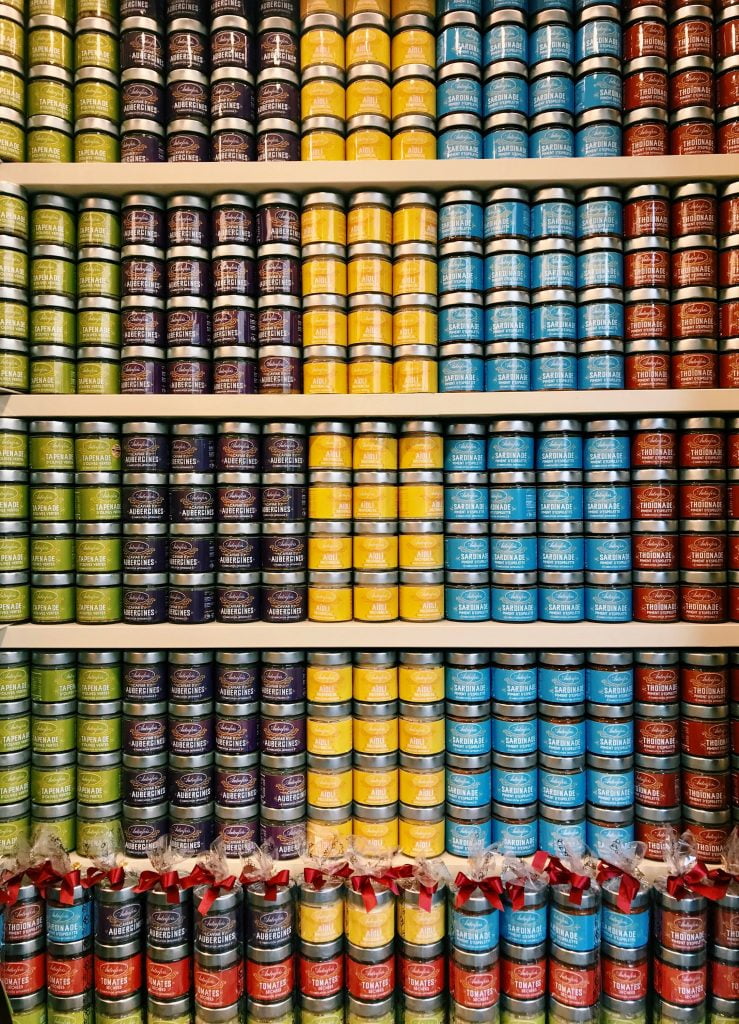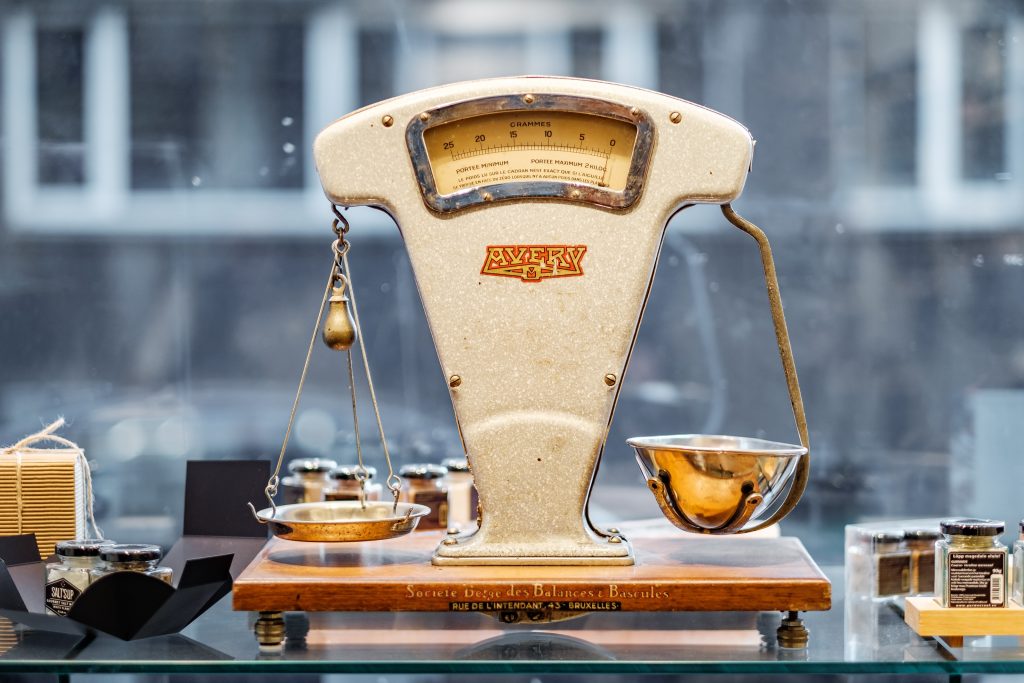Let’s talk scopes: Cradle-to-shelf or cradle-to-grave?
You have decided to calculate the climate footprint of your food product and perhaps also report it or share it with your consumers – great call, it’s a win-win. So, what should your scope be and why? In lieu of regulations, a common question the food industry struggles to agree on is which stages of the product’s life should be included in the scope? Let’s answer it from your perspective.
As with any method choice, the right scope depends on 1) what primary data you have access to and 2) what you want your assessment to do – and that is all you should decide. The other thousands of method choices should be prescribed in the manual, so to speak. Since you are investigating the topic, we assume that 1) you are a food producer, probably a food brand owner, and 2) the goal of your assessment is to lower your climate footprint and gain your customers’ trust while doing it. In this case, the scope that serves your goal is cradle-to-shelf. Period. Do you want to know why? Let us explain.
What are the scope options?
Cradle-to-shelf includes the climate footprint of a food product from the natural resource stage to refinement, packaging, and distribution; essentially, the calculation includes the life cycle of the product up to the shelves of the grocery store. These are all the stages the producers have full control over.
The alternative scope is Cradle-to-grave, which includes all stages in cradle-to-shelf, as well as what happens when the consumer picks up and uses the product, such as the transport home from the store, storing, cooking, eating, disposing. In other words, your cradle-to-grave climate footprint includes the entire lifecycle of the product: the part controlled by the producers and the parts not controlled by the producers.
Clearly, there are different options for proposed standards here, so how do we compare? It is evident that the industry needs a standard and it will happen sooner rather than later. The main reason food producers, as well as consumers, need this is because they need a level playing field to compare and select. For this goal, cradle-to-shelf provides the most accurate, controllable, and actionable set of data to build a fair comparison upon.
Newsletter to-go?
Our special today is our Newsletter, including snackable tips, hearty climate knowledge, and digestible industry news delivered to your inbox
What do I win by using cradle-to-shelf?
You win your consumer’s trust and choice. You make sense to them. To start with, when consumers see the climate footprint of a product, they do not assume that it includes their actions post-shelf. In the same manner, they don’t expect that the price tag includes the cost of gas for the transport home. When you see information about a product in the store you expect the information to represent the product in front of you. This goes for price, nutritional value, weight, etc. Including wild assumptions regarding further transport, storage, cooking, etc., only leaves consumers confused.
You also win control, accuracy, and level ground for decision-making. Cradle-to-shelf falls 100% within the scope a food producer knows and can impact directly. When a food producer selects this scope, their final climate footprint number is as precise as they come; you build on data and not speculation. Consequently, you sharply refine the areas and actions where the biggest impact in lowering the footprint are. A lot of fancy words to say that you can easily and quickly spot exactly what you can do to lower your climate footprint.
All in all, cradle-to-shelf is the data you can have primary access to. It is also the data you need to lower your climate footprint and communicate it to your customers truthfully and in terms they expect and can understand. Mission accomplished!
Still curious about the alternative? Let’s investigate that too.
What is cradle-to-grave good for?
The cradle-to-grave approach gives a holistic picture of how your product contributes to the global footprint. If the goal of your assessment is not to compare it in any commercial setting, but rather to get a general ‘know-what’ of its climate footprint, then cradle-to-grave could be relevant.
This is often the goal of university-based researchers who want to support public policies or just learn about different options. Nevertheless, these assessments are not focused on actionability, which is the goal of the food industry.
What do I lose?
To put it simply, you lose an accurate description of your reality as a food producer and the opportunity to communicate it truthfully. There are simply too many assumptions in calculating your climate footprint cradle-to-grave. Food producers have virtually no control over what happens to their product after it flies off the shelf. The only way to include the post-shelf data is to guess it to a degree that is far off the line of scientific integrity.
A cradle-to-grave universe
Let’s hypothesize that cradle-to-grave a) is the go-to option, and b) all the assumptions are a reasonable estimate. What happens next? The final footprint of every product is higher, e.g., 3.2 kg CO2e as opposed to the 2.2 kg CO2e cradle-to-shelf. This is certainly interesting to know from a global perspective! Nevertheless, the post-shelf part of the footprint would be roughly the same addition for all products. Since the post-shelf assumptions are the same for all products, e.g., from the 3.2 kg CO2e, 1 kg CO2e is the shelf-to-grave life, all products have the same added amount. The stages the consumer and food producer are comparing are still cradle-to-shelf!
Let’s say that in this universe, you – a food producer – take great actions and lower the climate footprint of your product. This shows up as a small reduction in the cradle-to-grave footprint. At the same time, if a consumer also takes actions to lower their footprint, e.g., walk to the grocery store instead of taking the car as the estimate may account for, they will not show up in the fixed post-shelf estimate; their part on the final number is not reflected.
In this universe, both food producers and consumers are paralyzed by the post-shelf estimate. They both lose a) the incentive to lower their part of the climate footprint, b) have that be truthfully reflected in the final calculation, and c) make a fair comparison.
Let’s take a step back
We hear you, that’s a lot of information, so maybe circling back helps at this point. What is the right scope to approach the calculation of your climate footprint – cradle-to-grave or cradle-to-shelf? As a food producer, you want to win by lowering your climate footprint and gaining more customers with your transparency. For you, the cradle-to-shelf approach is the most actionable data set to comprehend what is in your power – and act on it! It is the only scope that makes sense for you.
Related Posts
How do deforestation emissions work in food?
Deforestation is one of those topics that, as actionable and measurable as it is, transcends business and numbers. For most of us, images of thinning forests, the faded shades of green over the Amazon
How does climate change impact other sustainability issues?
We all know that climate change is a critical issue. But what about the other sustainability issues we are facing? Water scarcity and biodiversity loss, for instance, are two major problems also linke
Allocation of emissions in food production
Making a climate footprint assessment can sometimes be difficult. The easy case is when you have one piece of land that produces one product. In those cases, you just sum up all emissions associated w
The CarbonCloud Third-Party Verification
Third-party verification is an important confidence boost in your climate footprints and strategy. So no wonder we get questions about it! Our clients –and their clients– are in it for full transp







